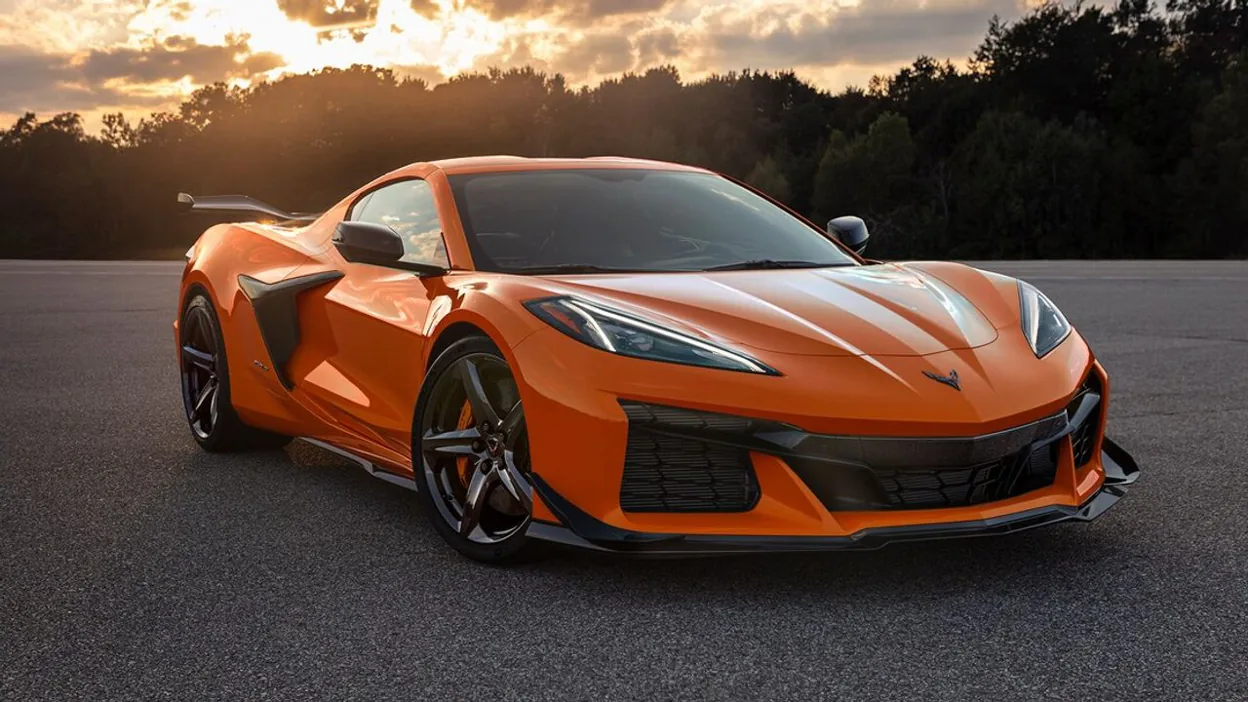From Sports Car to Super Car to Mid-Engined Marvel, Here Are The Fastest & Most Powerful Production Corvettes Of All Time
While each-generation of Corvette has demonstrated incredible advances in performance and handling, the past twenty years has seen the Chevy Corvette evolve from a largely overlooked American muscle car into a true, world-class super-car. Since the introduction of the LT1 and LT4 powerplants in the fourth-generation model, the engineers behind the Corvette has improved the car’s power and performance output with each successive generation.
The fifth-generation Corvette re-introduced the Z06 Corvette platform to the world. It was the first model to cross the 400 horsepower threshold since the big-block models from the late sixties and early seventies, and it became the fastest production Corvette up to that point in time. By the time the sixth-generation was introduced in 2005, Corvette had already won at Le Mans three times – in 2001, 2002 and 2004. The sixth-generation Corvette catapulted the brand from sports car to super car status first with the introduction of the 505 horsepower Z06 in 2007 and then the 638 horsepower ZR1 Corvette in 2009.
The arrival of the seventh-generation saw even higher performance numbers than those showcased by the C6 generation. The 2014 Corvette Stingray (base) was rated at a healthy 455 horsepower and 460 lb/ft of torque. When the 2015 Z06 was introduced a year later, Chevrolet unveiled an all-new LT4 engine that produced an astounding 650 horsepower and 650 lb/ft of torque. Finally, in 2019, Chevrolet re-introduced the Corvette ZR1, a monster of a car which delivers 755 horsepower and 715 lb/ft of torque.
No Subscription? You’re missing out
Get immediate ad-free access to all our premium content.
Get Started



